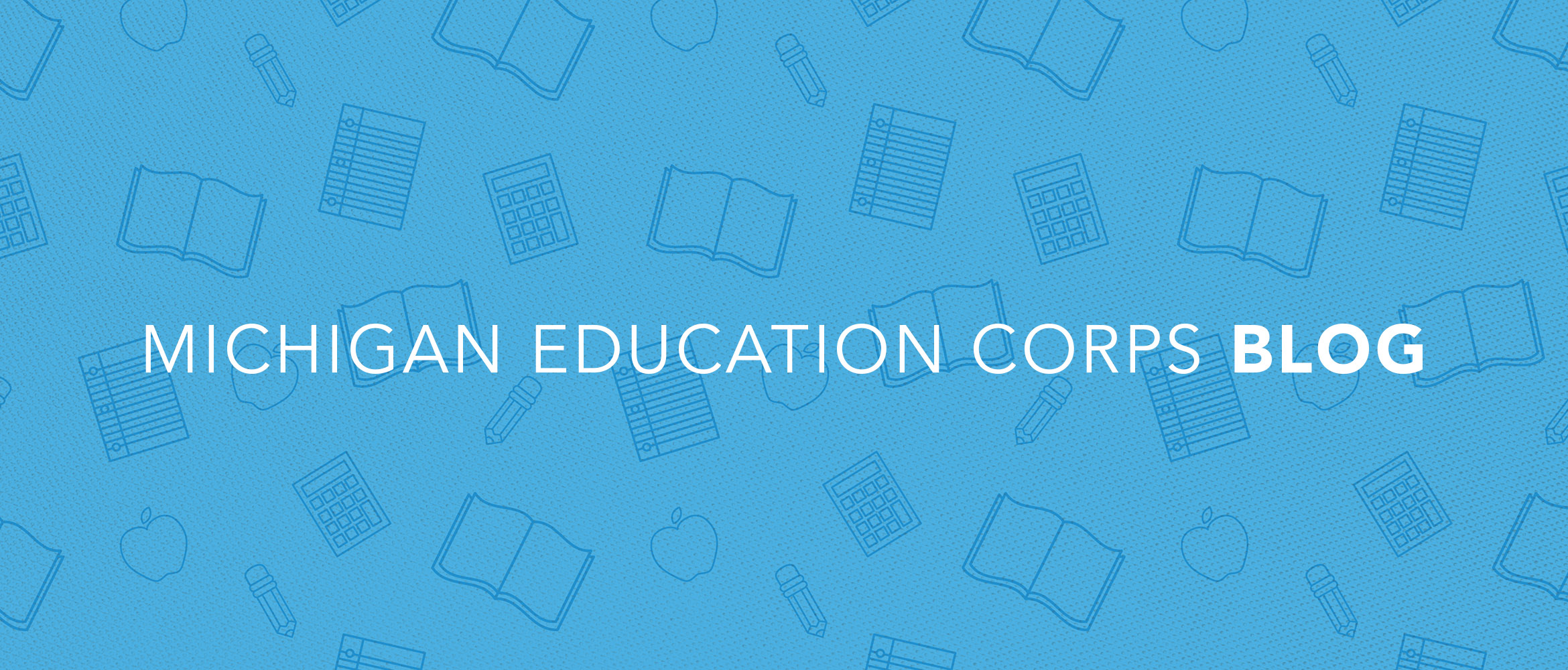
Is Your High Impact Tutoring Program Cost-Effective?
The Bottom Line (At The Very Top)
Schools face a $1,000 per student funding cut as ESSER funds expire and Mi Kids Back on Track funding isn’t renewed.
The evidence is clear that efficient and effective high-impact tutoring will help closing achievement gaps.
But how should schools and districts determine what tutoring program is the most high-impact and cost-effective for their school today?
Defining cost-effective high-impact tutoring
If you are a provider or a host of high-impact tutoring, for-profit or non-profit, you need to answer a key question: How much does it cost?
(Additionally, what is factored into that cost?) (Psst, Cost = More Than Just Dollars)
Cost includes monetary expenses, such as materials, coaching, training, and non-monetary factors, like the relationships built with tutors, mainly if they are volunteers or AmeriCorps members.
The cost also depends on how long it takes for the tutoring to achieve meaningful student learning and whether that learning lasts long-term, i.e., on the effectiveness of the tutoring.
What Is Effective Tutoring?
(Psst, effectiveness = measurable growth)
Effectiveness is defined by whether tutoring achieves its intended outcomes.
For example, math tutoring should use curriculum and assessments that precisely teach and evaluate math skills.
Quality, high-impact tutoring relies on reliable and valid assessments to monitor progress.
Ideally, this data is graphed to support data-driven decisions about the program’s effectiveness.
This allows the questions—are students learning and how quickly—to be answered.
Simply put: Cost-effectiveness compares inputs (money/resources/tutoring) and outputs (measurable student learning).
Cost-effectiveness compares inputs (resources invested) to outputs (student outcomes).
Key inputs include:
Low student-to-tutor ratios (1:1 is ideal; no more than 1:3).
Frequent sessions (3x week, 10–30 minutes, depending on age and skill).
Alignment with school curriculum to support seamless learning.
Formal training for tutors to ensure quality instruction.
You want output gains to exceed the input resources required to achieve those gains.
In practice, you want students to close learning achievement gaps through high-impact tutoring so they can successfully transition back to learning from core instruction alone without needing more costly additional tutoring services. (Does multi-tiered systems of support sound like a good idea?)
Outputs then require reliable and valid assessments, specifically for progress monitoring, paired with quality data-based decision-making, i.e., how those data are interpreted.
A recent report using two key inputs—tutoring impact and total program cost—offers a relatively “simple” formula for estimating tutoring effectiveness gained for every $1000 spent.
This cost analysis tool allows for cost-related estimates to be determined.
A Simple Cost-Effectiveness Formula: (How much learning does $1,000 buy?)
Cost-effectiveness can be calculated by the number of additional months of learning gained (tutoring efficiency) for every $1,000 invested per student.
For example:
Program “A” requires 10 hours of tutoring to achieve one additional month of learning.
The average student needs 20 hours of tutoring, costing $2,000 per student.
Is this cost-effective? This formula helps answer that question.
Note that to use this tool and answer the question of how much your tutoring program costs, you could calculate your own tutoring program’s overall cost using the data you have on hand, including monetary expenses on the books, tutoring dosage, how quickly growth in reading or math is happening, etc.
This, of course, assumes all these data are on hand.
The Gold Standard: MEC Tutoring
Reading Corps: $5.47–$6.99 return for every $1 invested
Math Corps: $3.83 return for every $1 invested
Early Learning Corps: Avg. cost per student: $1,210
Math Corps requires just 6.1 hours of tutoring to improve student learning by a month.
Far more efficient than the 25.9-hour average.
Could it be simpler?
The program’s ultimate cost-effectiveness depends on whether its impacts persist and whether it can help students who are behind in getting back up to grade level effectively engage with regular classroom instruction.
This affects whether students need this support consistently or just on a one-time basis.
Start with some critical questions:
- Are students in your tutoring program closing their learning achievement gap?
- How quickly is this happening? (what is their growth per week or month?)
- How much does tutoring cost per student?
- Does your tutoring program have defensible research that is evidence-based?
- Does the tutoring content support the students’ core instruction?
- Is it sustainable with your kids and schools?
The Actual Bottom Line
MEC Math Corps and MEC Reading Corps are the best, most effective, and most efficient evidence-based tier 2 interventions on the market.
Want to save money and close achievement gaps with us?
Good choice—we literally wrote the language.
Want to bring more to your students than “just” a tutor? Great—AmeriCorps members serve and develop relationships with students from their own community.
Want to move the needle?
So do we.
Let’s begin discussing a partnership.
-Yours in service, Michigan Education Corps.






